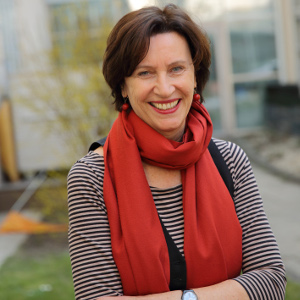
2015
-

Mr. Touchy: I love to be touched
Mr. Touchy is waiting for someone to make physical contact with him. Then and only then do his camera eyes open, and a conversation can commence. Artist Eric Siu’s camera helmet is currently on display in the “Device Art” exhibition.
-

About Thinking in Terms of Preset Categories
“Draw:er” scrutinizes the images that come to mind when people think about Austria. This audio installation by young media artist Verena Mayrhofer is part of the TIME OUT .03 exhibition at the Ars Electronica Center.
-

Enabling Us to See What’s Invisible
In conjunction with residencies staged at the Ars Electronica Futurelab, Anita Brunnauer, Dietmar Offenhuber and Ursula Feuersinger are producing art projects that will premiere on the interactive LED façade of the Ars Electronica Center.
-
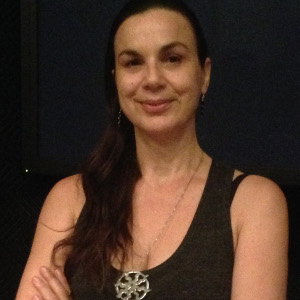
What is Hybrid Art?
Victoria Vesna is one of the four jurors who will select the prizewinners in the 2015 Prix Ars Electronica’s Hybrid Art category.
-

Disoriented Amidst a Flurry of Flashing Lights
How do flashes of light affect our perception? Media artist Dawid Liftinger’s FLASHLIGHTINSTALLATION #1 in the Ars Electronica Center explores the artistic potential of electronic flash units used in photography.
-

María Ignacia Edwards combines Art and Mathematics
The recipient of the Residency staged under the auspices of the Art & Science Network has been announced. Maria Ignacia Edwards was selected from among the 140+ applicants from 40 countries who responded to the open call.
-
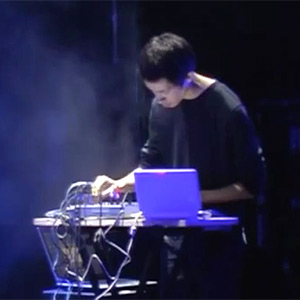
There’s no “Vodka” Sound Art
Which tools Sergei Kasich utilizes, how the Russian sound artist works, and some of the experiences he’s had in conjunction with many art projects carried out in Russia—these are a few of the talking points covered in this interview with the 2015 Prix Ars Electronica juror.
-

Animated Films with Character
Animated films are his passion! Rob O’Neill, a 2015 Prix Ars Electronica juror and character technical director supervisor at DreamWorks Animation, talks about current trends in character design and what filmmakers have to do to build up a portfolio that really makes people sit up and take notice.
-

Let things flow!
Valeria Rueda, one of the A-list artists in the new digital music scene, is a member of the jury in the 2015 Prix Ars Electronica’s Digital Musics & Sound Art category. Why does music play such a big part in her life?
-
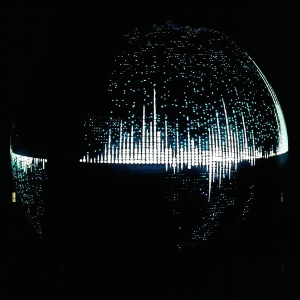
Sorting Out Cities
At Miraikana a focal-point theme for several years now has been the visualization of global interrelationships. Since late November Geo-Cosmos has displayed “Sorting Out Cities” – an animated film by Dietmar Offenhuber and the Ars Electronica Futurelab.
-
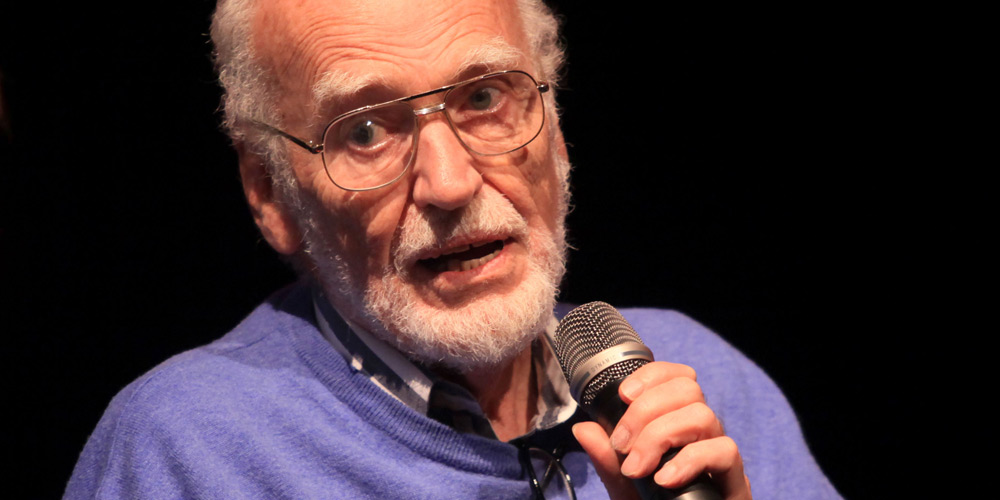
Robert Adrian X Turns 80 – “In any case, it’s all about the telephone”
Artist Robert Adrian X already began dealing with the phenomenon of computer users linking up in networks over 30 years ago in “The World in 24 Hours.”
-
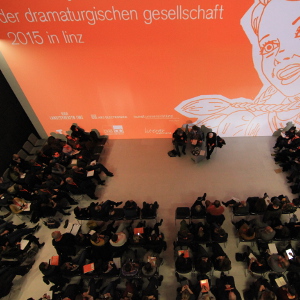
The Dramaturgische Gesellschaft 2015 @ Ars Electronica
The 2015 Dramaturgische Gesellschaft conference was held in Linz. As part of a cooperation with the Dramaturgische Gesellschaft event organisers and the Landestheater Linz, the Ars Electronica provided a special program for the event.
-
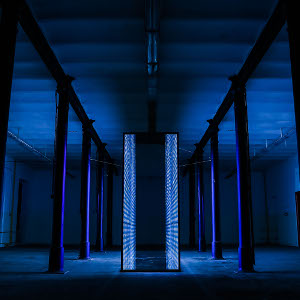
New Ideas for Art’s Encounter with Science
Lale Eric Dobrivoje from the Center for the Promotion of Science, Richard Kitta and Michal Murin of DIG Gallery discussed how science and art can benefit from one another and what those submitting a project to the Open Call of the art&science network ought to keep in mind.
-

A creative journey for all of us
In this interview, Robert Devcic, director of GV Art, and Oscar Abril, artistic director of LABoral, speak about their expectations from the European Digital Art and Science Network.
-
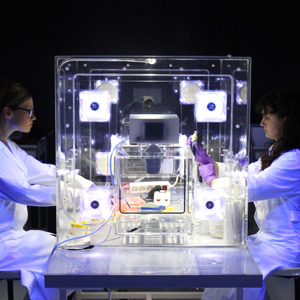
From Art to Science
The Kapelica Gallery and Zaragoza City of Knowledge Foundation are two partners of the art & science network. In the interview, they present their expectations.
-

Ars Electronica in the Knowledge Capital
The Knowledge Capital in Osaka is getting ready to host its second Forum, a get-together design especially for those who’d like to get inspired by artistic points of view. Here, Ars Electronica’s Emiko and Hideaki Ogawa give us a briefing.
-

The juries of Prix Ars Electronica 2015
No fewer than 2,703 entries from 77 countries were submitted for prize consideration to the 2014 Prix Ars Electronica. This year’s competition will honor excellence in six categories. Here, Ars Electronica’s Emiko Ogawa gives us a brief overview of the composition of the juries.
-

Futurelab Academy for Students at the Hong Kong Design Institute
A group of Hong Kong Design Institute undergraduates are currently in Linz to attend the Ars Electronica Futurelab Academy to help them develop ideas and implementation strategies for their final projects.
-

Giving an artistic framework to research visualizations
In December 2014 Zach Lieberman came back to the Queensland University of Technology (QUT) to work on his project at the Cube within the framework of the residency program TRANSMIT³.
-
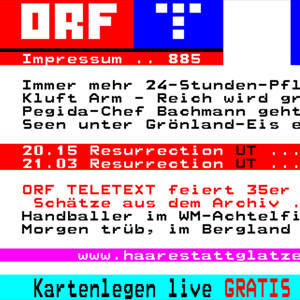
35 Years of ORF TELETEXT
It all began on January 21, 1980, when 64 screen pages filled the vertical blanking interval of the television signal with additional information. An interview with former ORF General Manager Gerhard Weis.
-

A Residency at the European Southern Observatory
Fernando Comerón, the ESO’s representative in Chile, talks in the interview about what winners of the open call of the „European Digital Art and Science Network“ can expect during their residency at the ESO.
-
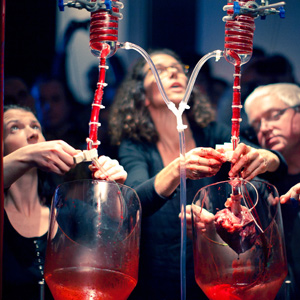
Science Gallery Dublin: Be passionate but also realistic
Diane McSweeney gives us a briefing on Science Gallery Dublin, an “art & science” partner institution, and discusses her expectations of the art-science encounter.
-

Linz, Pioneering City of Media Art
The UNESCO City of Media Arts title is essential to the city’s efforts to develop a higher-profile international image and get connected to a highly effective global network. We recently met with Linz’s director of cultural affairs, Julius Stieber, and talked about the significance of this honor.


